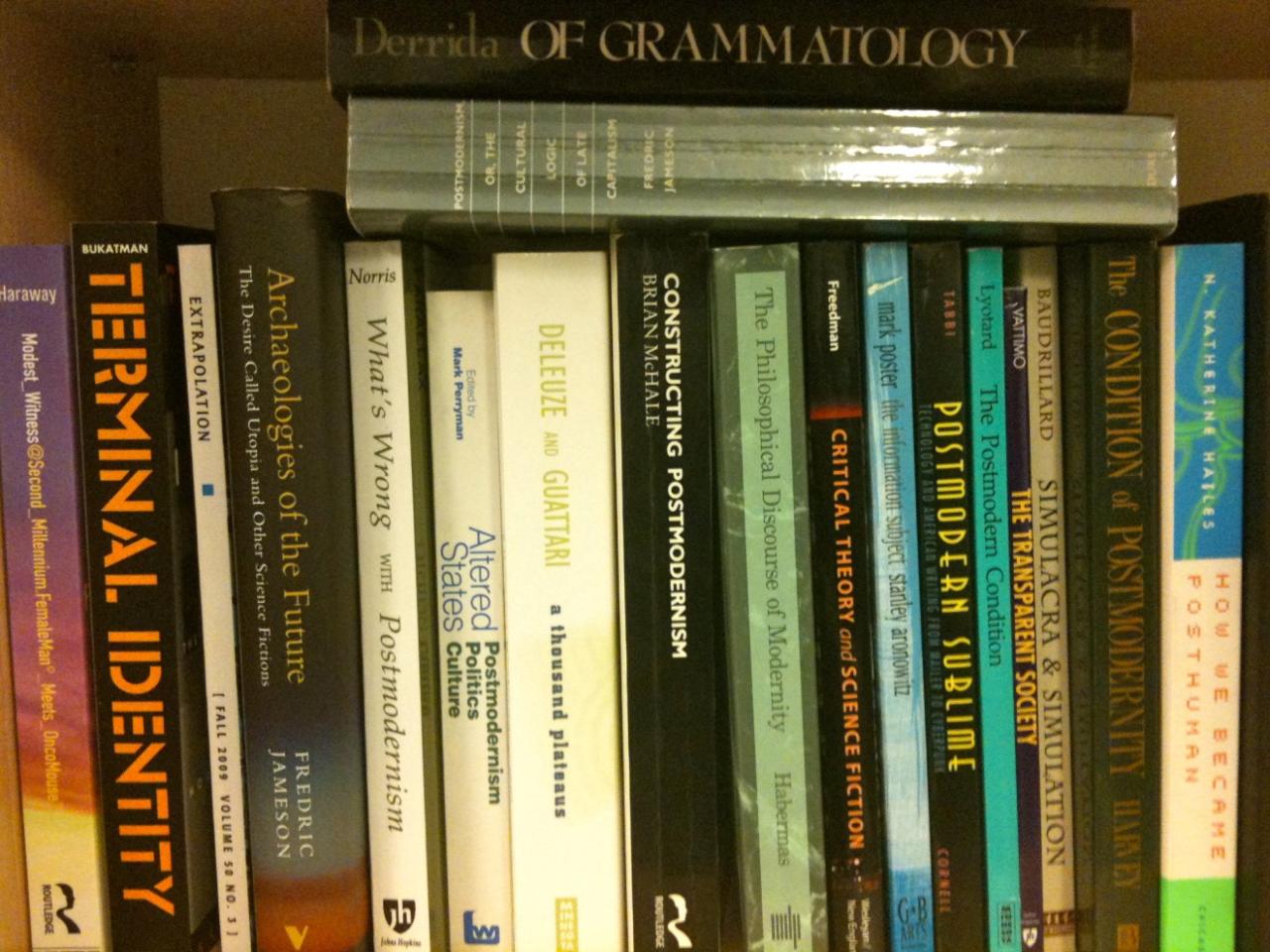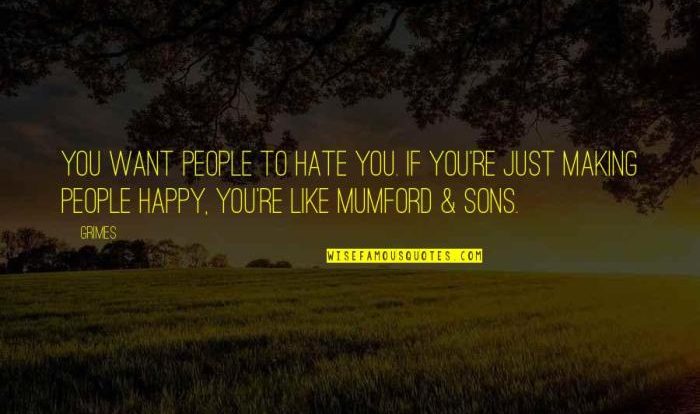Embark on a captivating journey through the postwar and postmodern unit exam, where we delve into the transformative literary and cultural movements that shaped the 20th century. From the aftermath of World War II to the emergence of postmodernism, this exam explores the key characteristics, influences, and notable works that defined these pivotal eras.
In the postwar period, literature grappled with the complexities of a world forever altered by conflict. Authors such as Ernest Hemingway, J.D. Salinger, and Sylvia Plath captured the disillusionment and existential angst of a generation grappling with the horrors of war.
In contrast, postmodern literature emerged as a radical departure, characterized by fragmentation, irony, and a self-referential playfulness. Authors like Jorge Luis Borges, Umberto Eco, and Toni Morrison challenged traditional literary conventions and explored the nature of reality and identity.
Postwar Literature
Postwar literature, emerging from the aftermath of World War II, reflected the profound social, psychological, and cultural transformations brought about by the conflict. This literature grappled with the horrors of war, the search for meaning in a shattered world, and the complexities of a rapidly changing society.
The impact of World War II on postwar literature was multifaceted. The war’s unprecedented scale and brutality left an indelible mark on writers, shaping their perspectives on human nature, morality, and the role of art in society. The horrors witnessed on the battlefields and the Holocaust challenged traditional beliefs and values, leading to a sense of disillusionment and existential angst.
Notable Postwar Authors and Their Works
Postwar literature produced a remarkable array of authors and works that continue to resonate with readers today. Among them:
- Albert Camus: The Stranger(1942) and The Plague(1947) explored themes of existentialism, absurdity, and the search for meaning in a meaningless world.
- Jean-Paul Sartre: Nausea(1938) and No Exit(1944) delved into the complexities of human existence, freedom, and responsibility.
- Ernest Hemingway: The Old Man and the Sea(1952) and A Farewell to Arms(1929) portrayed the struggles of individuals against adversity and the search for dignity in a harsh world.
- Samuel Beckett: Waiting for Godot(1953) and Endgame(1957) presented absurdist plays that examined the futility of human existence and the search for purpose.
- Saul Bellow: The Adventures of Augie March(1953) and Herzog(1964) explored themes of identity, alienation, and the search for self-understanding in a rapidly changing society.
Postmodern Literature: Postwar And Postmodern Unit Exam
Postmodern literature emerged in the latter half of the 20th century as a response to the disillusionment and fragmentation that characterized the post-World War II era. It is characterized by a rejection of traditional literary conventions and a focus on the exploration of themes such as identity, subjectivity, and the nature of reality.
Postmodern literature often employs techniques such as fragmentation, irony, and self-referentiality. Fragmentation refers to the breaking up of narrative into disjointed sections or perspectives. Irony is used to create a sense of detachment or absurdity, while self-referentiality draws attention to the constructed nature of the text itself.
Key Features of Postmodern Literature
- Fragmentation: Breaking up of narrative into disjointed sections or perspectives.
- Irony: Creating a sense of detachment or absurdity.
- Self-referentiality: Drawing attention to the constructed nature of the text itself.
- Metafiction: Exploring the nature of fiction and its relationship to reality.
- Intertextuality: Referencing and incorporating elements from other texts.
- Parody and Pastiche: Imitating or satirizing existing styles or works.
- Non-linearity: Breaking away from traditional narrative structures.
- Subjectivity and Fragmentation: Exploring the fragmented and unreliable nature of identity.
- Rejection of Grand Narratives: Questioning and deconstructing overarching narratives or ideologies.
Notable Postmodern Authors and Works
Some notable postmodern authors and their works include:
- Thomas Pynchon: Gravity’s Rainbow, V.
- Don DeLillo: White Noise, Underworld
- Margaret Atwood: The Handmaid’s Tale, Oryx and Crake
- Italo Calvino: If on a winter’s night a traveler, Invisible Cities
- Milan Kundera: The Unbearable Lightness of Being, Immortality
Comparison of Postwar and Postmodern Literature

Postwar and postmodern literature emerged in distinct historical and cultural contexts, shaping their unique characteristics and approaches to storytelling. While both movements share certain similarities, they also exhibit notable differences in themes, techniques, and literary devices.
Key Characteristics
Postwar literature, emerging after the devastation of World War II, grappled with themes of disillusionment, alienation, and the search for meaning in a shattered world. Its works often explored the psychological and emotional impact of war, the loss of innocence, and the complexities of human relationships.
In contrast, postmodern literature, which emerged in the latter half of the 20th century, rejected the grand narratives and certainties of the past. It celebrated fragmentation, ambiguity, and the blurring of boundaries between high and low culture. Postmodern writers experimented with unconventional forms, metafiction, and self-referentiality.
Similarities
Despite their differences, postwar and postmodern literature share some commonalities. Both movements emphasized the subjectivity of experience and the role of the reader in interpreting texts. They also challenged traditional notions of truth, reality, and the authority of the author.
Differences
The primary difference between postwar and postmodern literature lies in their approach to storytelling. Postwar literature often employed a linear narrative structure and focused on character development and psychological realism. Postmodern literature, on the other hand, fragmented narratives, experimented with multiple perspectives, and often incorporated elements of parody and satire.
For example, in postwar novels such as The Catcher in the Ryeby J.D. Salinger, the protagonist Holden Caulfield’s journey of self-discovery unfolds through a coherent and relatable narrative. In contrast, postmodern novels like Gravity’s Rainbowby Thomas Pynchon, juxtapose multiple storylines, incorporate historical and mythological references, and challenge the notion of a unified narrative.
Postwar and Postmodern Art
Postwar and postmodern art are closely intertwined, with postmodern art emerging as a reaction to and extension of the artistic movements that emerged after World War II.
Postwar art was characterized by a rejection of traditional forms and conventions, a focus on experimentation, and a preoccupation with themes of trauma, alienation, and the human condition.
Influence of Postwar Events on Postmodern Art
The horrors of World War II had a profound impact on artists, leading to a widespread sense of disillusionment and a loss of faith in traditional values and beliefs. This disillusionment found expression in postmodern art, which often challenged established norms and sought to subvert or critique existing power structures.
Notable Postwar and Postmodern Artists and Their Works
- Jackson Pollock: Known for his drip paintings, such as “Number 1A, 1948,” which exemplify the abstract expressionist movement.
- Andy Warhol: A leading figure in the pop art movement, famous for his iconic works such as “Campbell’s Soup Cans” and “Marilyn Diptych.”
- Roy Lichtenstein: Another prominent pop artist, known for his comic-book-inspired works like “Whaam!”
Postwar and Postmodern Architecture
Postwar and postmodern architecture are intertwined architectural movements that emerged after World War II. Postwar architecture, prevalent during the 1950s and 1960s, was characterized by a focus on functionality, simplicity, and mass production.
Postmodern architecture, which gained prominence in the 1970s and 1980s, emerged as a reaction to the perceived sterility and lack of ornamentation in postwar architecture. Postmodern architects sought to incorporate historical and cultural references, as well as elements of popular culture, into their designs.
Influence of Postwar Events on Postmodern Architecture
Postwar events, particularly the devastation caused by the war, had a profound impact on postmodern architecture. The destruction of cities and the need for rapid reconstruction led to a focus on efficiency and functionality in postwar architecture.
The social and cultural changes that occurred during and after the war also influenced postmodern architecture. The rise of consumerism and mass media led to a desire for buildings that were visually appealing and reflective of the changing social landscape.
Notable Postwar and Postmodern Architects and Their Works
- Postwar Architects:
- Ludwig Mies van der Rohe (Seagram Building, New York City)
- Le Corbusier (Unité d’Habitation, Marseille)
- Walter Gropius (Pan Am Building, New York City)
- Postmodern Architects:
- Robert Venturi (Vanna Venturi House, Philadelphia)
- Michael Graves (Portland Building, Portland, Oregon)
- Philip Johnson (AT&T Building, New York City)
Postwar and Postmodern Music
Postwar music, emerging after the Second World War, was characterized by a shift towards atonality, dissonance, and experimentation. Postmodern music, which emerged in the late 20th century, continued this trend, embracing eclecticism, fragmentation, and self-referentiality.
Influence of Postwar Events on Postmodern Music
Postwar events, such as the atomic bombings and the Holocaust, had a profound impact on the development of postmodern music. These events shattered the optimism and belief in progress that had characterized the modernist era, leading to a sense of disillusionment and skepticism that was reflected in the music of the time.
Notable Postwar and Postmodern Musicians and Their Works
Some notable postwar musicians include:
- Igor Stravinsky (The Rite of Spring)
- Arnold Schoenberg (Pierrot Lunaire)
- Karlheinz Stockhausen (Kontakte)
Some notable postmodern musicians include:
- John Cage (4’33”)
- Steve Reich (Music for 18 Musicians)
- Philip Glass (Einstein on the Beach)
Postwar and Postmodern Film
Postwar and postmodern films share a complex relationship, marked by both continuity and rupture. Postwar films emerged in the aftermath of World War II, reflecting the trauma, disillusionment, and existential angst of the period. Postmodern films, on the other hand, emerged in the late 20th century, characterized by a rejection of traditional narratives, experimentation with form, and a playful engagement with popular culture.
Influence of Postwar Events on Postmodern Film, Postwar and postmodern unit exam
The horrors of World War II had a profound impact on the development of postmodern film. The Holocaust and the atomic bombings of Hiroshima and Nagasaki shattered the faith in progress and rationality that had characterized the prewar era. Postmodern films often grapple with themes of trauma, alienation, and the search for meaning in a fragmented world.
Notable Postwar and Postmodern Films and Directors
- The Third Man(1949) by Carol Reed: A classic postwar film that explores themes of disillusionment and moral ambiguity in postwar Vienna.
- Hiroshima mon amour(1959) by Alain Resnais: A groundbreaking film that uses experimental techniques to explore the psychological and emotional impact of the atomic bomb.
- Pulp Fiction(1994) by Quentin Tarantino: A postmodern film that deconstructs traditional narrative structures and incorporates elements of popular culture.
- The Matrix(1999) by the Wachowskis: A postmodern science fiction film that explores themes of reality, simulation, and the nature of the self.
FAQ Compilation
What are the key characteristics of postwar literature?
Postwar literature is often characterized by its realism, existentialism, and disillusionment, reflecting the impact of World War II on society.
How did postmodern literature differ from postwar literature?
Postmodern literature emerged as a reaction to postwar literature, rejecting traditional literary conventions and embracing fragmentation, irony, and self-referentiality.
What are some examples of notable postmodern authors?
Notable postmodern authors include Jorge Luis Borges, Umberto Eco, Toni Morrison, and Salman Rushdie.
